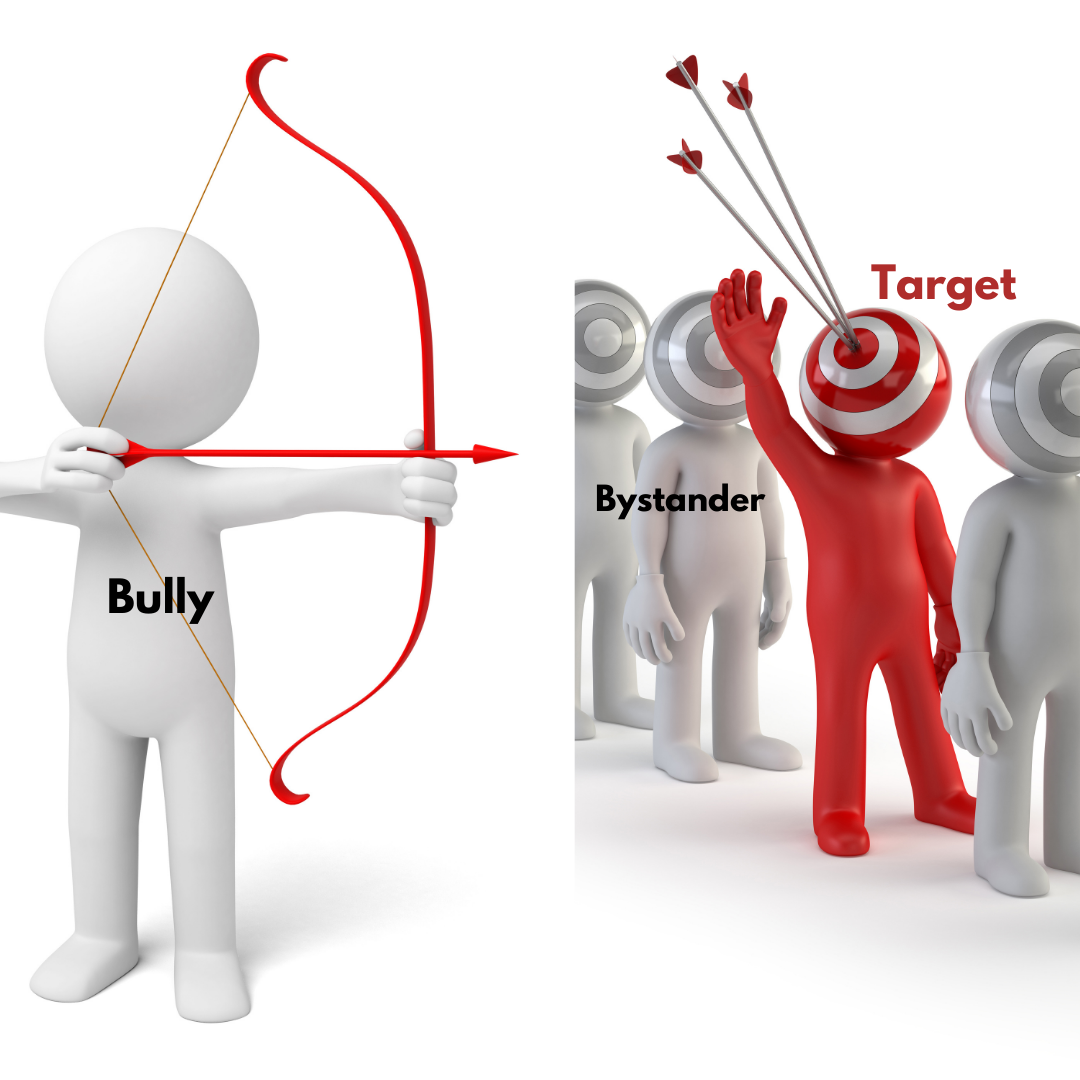The specter of workplace bullying looms ominously over organizations, casting a shadow on productivity, morale, and mental well-being. While it's tempting to believe that only certain individuals are susceptible to workplace bullying, the truth is far more sobering: anyone can become a target.
In the workplace ecosystem, bullying manifests as a toxic byproduct of entrenched norms and values. Like insidious vines creeping through fertile soil, bullying behaviors take root and flourish in environments where aggression, intimidation, and coercion are tacitly condoned or even encouraged. When such behaviors become ingrained in the organizational DNA, they permeate every level, sparing no one from their reach.
Central to the perpetuation of workplace bullying is the socialization of individuals into distinct roles: the bully, the target, and the bystander. These roles are not static; rather, they are fluid, subject to the ebb and flow of organizational dynamics. Individuals may find themselves unwittingly thrust into these roles, propelled by the currents of workplace culture.
Being in the role of the target is profoundly disempowering. The longer an individual remains in this role, the more their self-esteem and confidence erode. This prolonged victimization can lead to a state of learned helplessness, where the target feels increasingly incapable of escaping their predicament. Over time, the psychological toll becomes unbearable for many, pushing them to leave the organization to preserve their mental health.
However, the departure of a target does not dismantle the toxic environment; instead, it often triggers a role shift. When a bully vacates their position, a previous target or even a bystander might step into the role of the bully. This shift occurs as individuals, in a bid to regain control and avoid victimization, adopt the behaviors they once suffered under. Similarly, bystanders—those who passively observe or tacitly condone the bullying—can find themselves becoming the next targets. The fluidity of these roles underscores the pervasive nature of bullying in a toxic workplace culture.
In the ever-shifting landscape of the workplace, turnover is inevitable. Yet, the departure of one individual does not mark the end of bullying; it merely paves the way for a new iteration of the same toxic cycle. As one person vacates a role, another seamlessly steps into their place, perpetuating the cycle of abuse and maintaining the culture of fear and intimidation.
Ultimately, the insidious nature of workplace bullying lies not in its exclusivity, but in its ubiquity. It thrives in the shadows of organizational culture, lurking beneath the surface until it rears its ugly head once more. To combat this pervasive menace, organizations must confront the root causes of bullying head-on, fostering a culture of respect, empathy, and accountability. Only then can we hope to break free from the cycle of abuse and create workplaces where everyone feels safe, valued, and empowered to thrive.
Call to Action
Implement Anti-Bullying Policies: Establish clear policies against bullying and enforce them consistently. Provide training to help employees recognize and respond to bullying behaviors.
In the workplace ecosystem, bullying manifests as a toxic byproduct of entrenched norms and values. Like insidious vines creeping through fertile soil, bullying behaviors take root and flourish in environments where aggression, intimidation, and coercion are tacitly condoned or even encouraged. When such behaviors become ingrained in the organizational DNA, they permeate every level, sparing no one from their reach.
Central to the perpetuation of workplace bullying is the socialization of individuals into distinct roles: the bully, the target, and the bystander. These roles are not static; rather, they are fluid, subject to the ebb and flow of organizational dynamics. Individuals may find themselves unwittingly thrust into these roles, propelled by the currents of workplace culture.
Being in the role of the target is profoundly disempowering. The longer an individual remains in this role, the more their self-esteem and confidence erode. This prolonged victimization can lead to a state of learned helplessness, where the target feels increasingly incapable of escaping their predicament. Over time, the psychological toll becomes unbearable for many, pushing them to leave the organization to preserve their mental health.
However, the departure of a target does not dismantle the toxic environment; instead, it often triggers a role shift. When a bully vacates their position, a previous target or even a bystander might step into the role of the bully. This shift occurs as individuals, in a bid to regain control and avoid victimization, adopt the behaviors they once suffered under. Similarly, bystanders—those who passively observe or tacitly condone the bullying—can find themselves becoming the next targets. The fluidity of these roles underscores the pervasive nature of bullying in a toxic workplace culture.
In the ever-shifting landscape of the workplace, turnover is inevitable. Yet, the departure of one individual does not mark the end of bullying; it merely paves the way for a new iteration of the same toxic cycle. As one person vacates a role, another seamlessly steps into their place, perpetuating the cycle of abuse and maintaining the culture of fear and intimidation.
Ultimately, the insidious nature of workplace bullying lies not in its exclusivity, but in its ubiquity. It thrives in the shadows of organizational culture, lurking beneath the surface until it rears its ugly head once more. To combat this pervasive menace, organizations must confront the root causes of bullying head-on, fostering a culture of respect, empathy, and accountability. Only then can we hope to break free from the cycle of abuse and create workplaces where everyone feels safe, valued, and empowered to thrive.
Call to Action
Implement Anti-Bullying Policies: Establish clear policies against bullying and enforce them consistently. Provide training to help employees recognize and respond to bullying behaviors.

